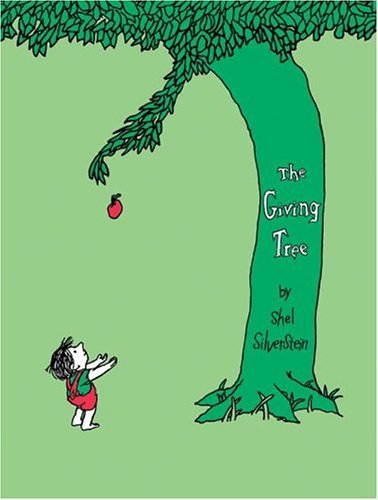 My kids love books. Over the years, I’ve introduced them to a few of my childhood favorites: Goodnight Moon, There Was An Old Lady Who Swallowed a Fly, Go, Dog. Go! and–of course–Green Eggs and Ham. The trick to reading these books has always been reciting them as quickly as possible–well, quick enough to elicit giggles from my two adorable hellions.
My kids love books. Over the years, I’ve introduced them to a few of my childhood favorites: Goodnight Moon, There Was An Old Lady Who Swallowed a Fly, Go, Dog. Go! and–of course–Green Eggs and Ham. The trick to reading these books has always been reciting them as quickly as possible–well, quick enough to elicit giggles from my two adorable hellions.
Quite frankly, I’ve read these books so many times that I’ve committed them to memory. I could quote them in my sleep… or in a boat or with a goat… I could quote them in the rain or I could quote them on a train… I could quote them here or there. I could quote them anywhere…. Well, you’ve got the idea.
After my husband complained that I was mumbling about green eggs and ham in the middle of the night, I decided to take advantage of the holiday season and expand our reading library. Tragically, Facebook knows me better than I know myself. As I scrolled through the latest happenings in the digging community, I glimpsed an advertisement for The Giving Tree by Shel Silverstein. This advertisement happened to be sandwiched between an advertisement for a new shovel and a CTX3030–well played, Facebook. Well played.
I’ve always loved this book. As a matter of fact, I can actually remember my parents reading me this story as a child. Why was this book missing from my children book collection? This was unacceptable and needed to be remedied immediately.
For those of you who have never read The Giving Tree, you should find yourself a copy. This is a story about tree whose only wish was to make a young boy happy. She gave him her apples for money, her branches for a house, and her trunk for a canoe. When she is reduced to a stump and the boy comes around again, all she can offer is a place for him to sit and rest. He sits and the tree is happy.
 A few days before Christmas, I received a private message from a gentleman named Randy Briggs. Randy shared a story about a similar tree who gave her branches and her trunk and even her stump. This tree–much like Shel Silverstein’s giving tree–is a particularly famous tree. This tree–however–is not an apple tree. This tree is an oak tree. And this boy is not a boy. This boy is Union Major General Ulysses S. Grant.
A few days before Christmas, I received a private message from a gentleman named Randy Briggs. Randy shared a story about a similar tree who gave her branches and her trunk and even her stump. This tree–much like Shel Silverstein’s giving tree–is a particularly famous tree. This tree–however–is not an apple tree. This tree is an oak tree. And this boy is not a boy. This boy is Union Major General Ulysses S. Grant.
Randy’s story took place in late June and early July of 1863. The Union armies–under the direction of Ulysses S. Grant–had converged on Vicksburg, Mississippi. After laying siege on the city for forty-six days, they had nearly crushed the confederate forces. Confederate General Pemberton grew desperate and–after consulting with his division commanders–realized that surrender was inevitable. On July 4th 1863, he surrendered 2,166 officers and 27,230 men, 172 cannon, and almost 60,000 muskets and rifles.
The surrender of the confederates at Vicksburg was formalized beside an old oak tree which was then “made historical by the event.” In his Personal Memoirs, Ulysses S. Grant described the fate of this particular giving tree: “It was but a short time before the last vestige of its body, root and limb had disappeared, the fragments taken as trophies. Since then the same tree has furnished as many cords of wood, in the shape of trophies, as the ‘True Cross.'”
In the correspondence that I received before Christmas, Randy shared images of a family heirloom that had been given to his grandmother when she was a child. According to a plaque, the heirloom was carved from the glorious oak tree that had shaded Grant and Pemberton as they negotiated terms of surrender on that day in July.
With permission from Randy Briggs, I would like to share one of the few remaining mementos from the Giving Tree of Vicksburg:



